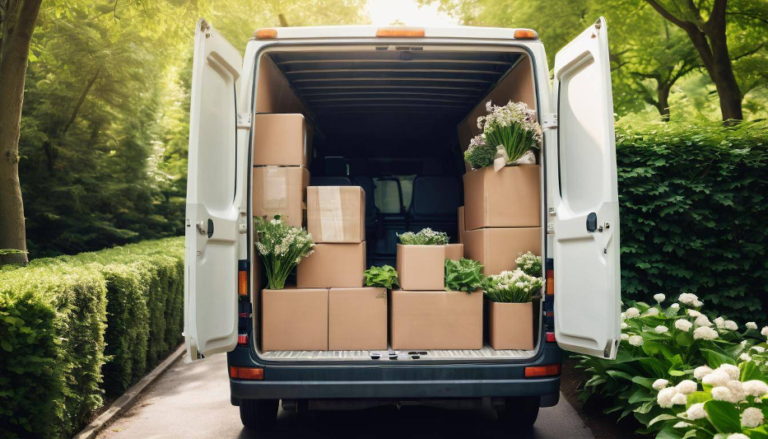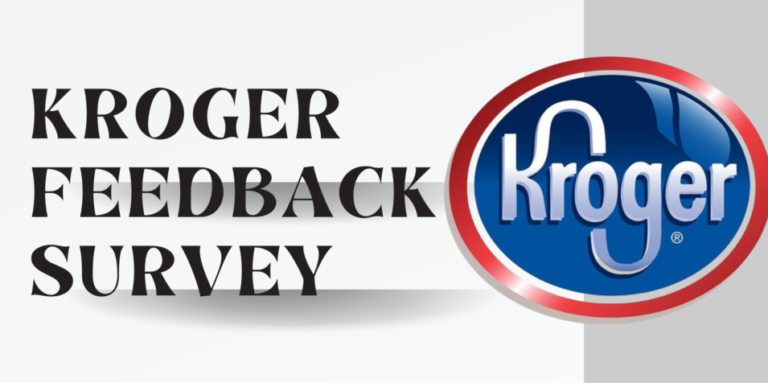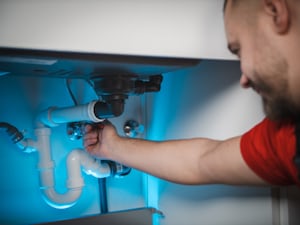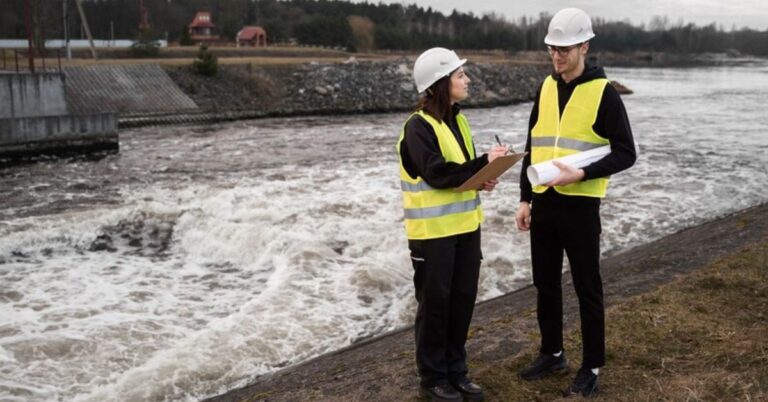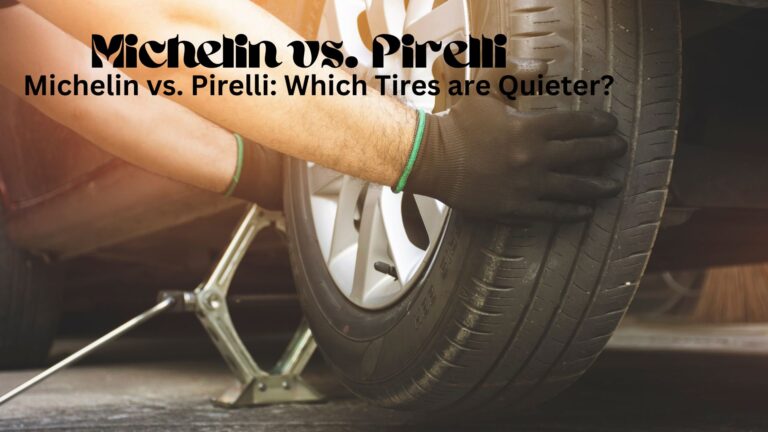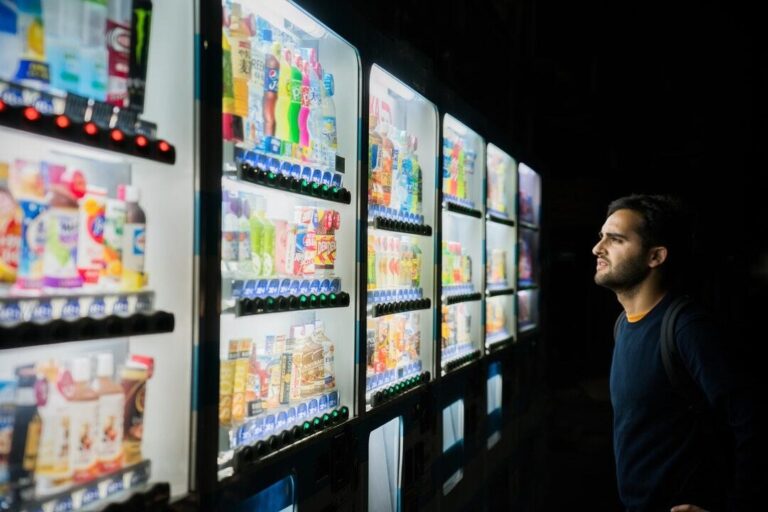Maximizing Efficiency: Modern Approaches to Packaging Design
In today’s evolving market, effective packaging design is vital for product success. Companies are focusing on efficiency, sustainability, and consumer appeal by adopting trends like minimalistic design, eco-friendly materials, and smart technology. These modern approaches offer benefits such as cost savings, reduced environmental impact, and improved brand perception.
Minimalistic Design: Less is More
Minimalism in packaging design is not just a trend but a strategic approach to efficiency. By stripping away unnecessary elements, companies can reduce production costs and material usage while creating a clean and attractive look that resonates with consumers. This approach focuses on simplicity, using fewer colors and streamlined shapes to convey the brand message effectively. For instance, Apple’s packaging is renowned for its minimalistic design, which reflects the brand’s elegance and innovation while minimizing waste.
The benefits of minimalistic packaging extend beyond aesthetics. Reducing the complexity of packaging can lead to quicker production times and easier recycling processes. This not only lowers manufacturing costs but also aligns with growing consumer preferences for sustainability.
Safety First: Prioritizing Protection in Packaging Design
As the market shifts towards more sustainable and efficient packaging solutions, safety remains a critical consideration in the design process. Ensuring that products are adequately protected from damage during transportation and handling is essential for consumer satisfaction and brand integrity. Brands are increasingly focusing on safety features, such as tamper-evident seals, child-resistant packaging, and sturdy materials that prevent breakage.
Incorporating safety measures into packaging design not only safeguards the product but also enhances consumer trust. Customers are more likely to purchase products that exhibit robust protection and thoughtful design. Additionally, adopting innovative safety technologies, such as QR codes that provide information about safe usage and disposal, adds an extra layer of transparency and accountability.
Eco-Friendly Materials: A Green Revolution
Sustainability is at the forefront of modern packaging design. With increasing awareness of environmental issues, consumers are more inclined to choose products with eco-friendly packaging. Companies are responding by adopting materials such as biodegradable plastics, recycled paper, and plant-based inks.
Using eco-friendly materials can significantly reduce the environmental footprint of packaging, making it easier to recycle and less polluting if discarded improperly. Moreover, eco-friendly packaging can lead to cost savings in the long run. As waste management and compliance costs rise, reducing the environmental impact of packaging can provide substantial financial benefits. By integrating such materials, businesses not only contribute positively to the environment but also enhance their brand image.
Smart Packaging Technology: The Future is Now
Smart packaging technology represents a leap forward in packaging efficiency. By incorporating digital elements such as QR codes, NFC tags, and RFID technology, packaging can provide interactive experiences, track product conditions, and improve supply chain efficiency. For example, smart packaging can offer real-time information about a product’s freshness or origin, enhancing consumer trust and engagement.
The integration of smart technology can also streamline logistics. RFID tags, for instance, allow for more accurate inventory management and reduce the risk of human error, ultimately saving time and resources. This technological edge not only improves operational efficiency but also sets a brand apart in a competitive market.
Balancing Functionality and Aesthetics
Ultimately, the key to successful packaging design lies in finding the perfect balance between functionality and aesthetics. For sachet manufacturers, packaging should protect the product and convey the brand’s message while being visually appealing and easy to handle. By focusing on efficiency and sustainability, businesses can create packaging that not only meets consumer needs but also sets the standard for environmentally responsible practices.
Conclusion
Modern packaging design offers businesses many opportunities to boost efficiency. With minimalistic design, eco-friendly materials, and smart technology, companies can lower costs, reduce environmental impact, and enhance brand perception.


